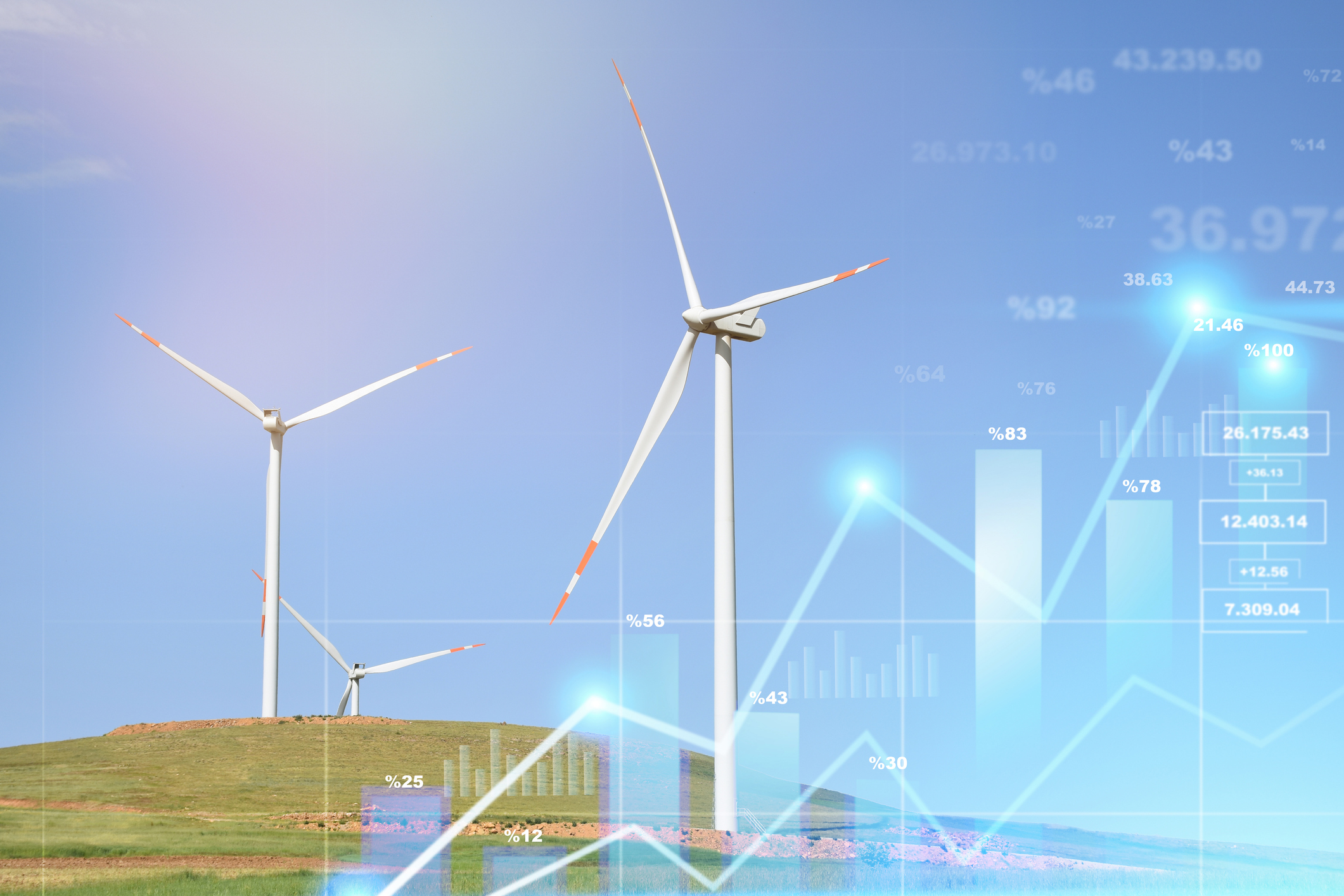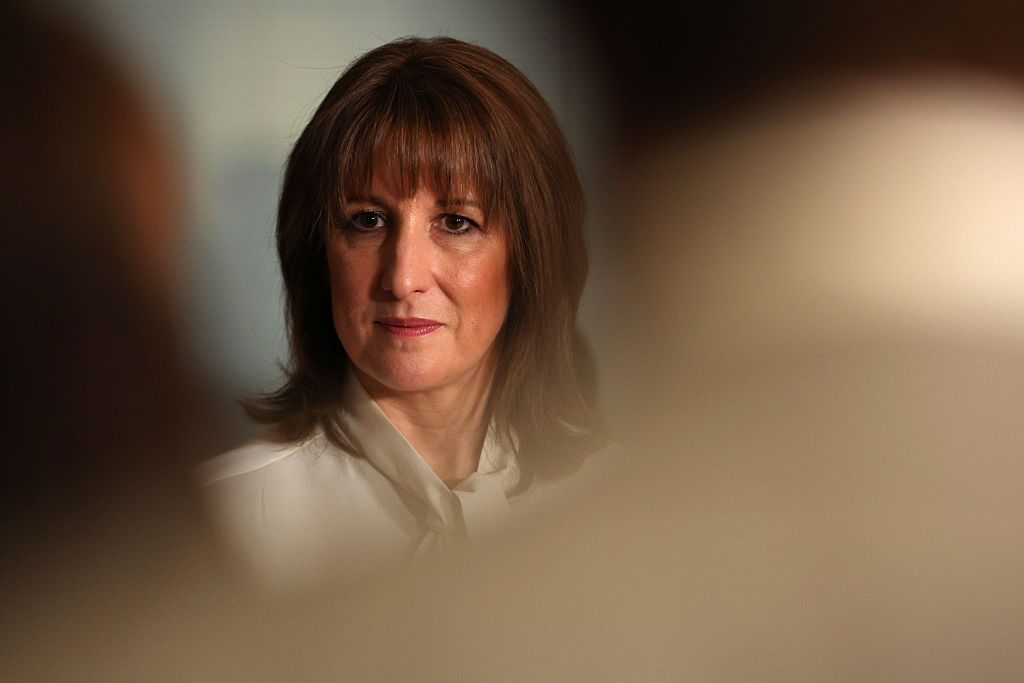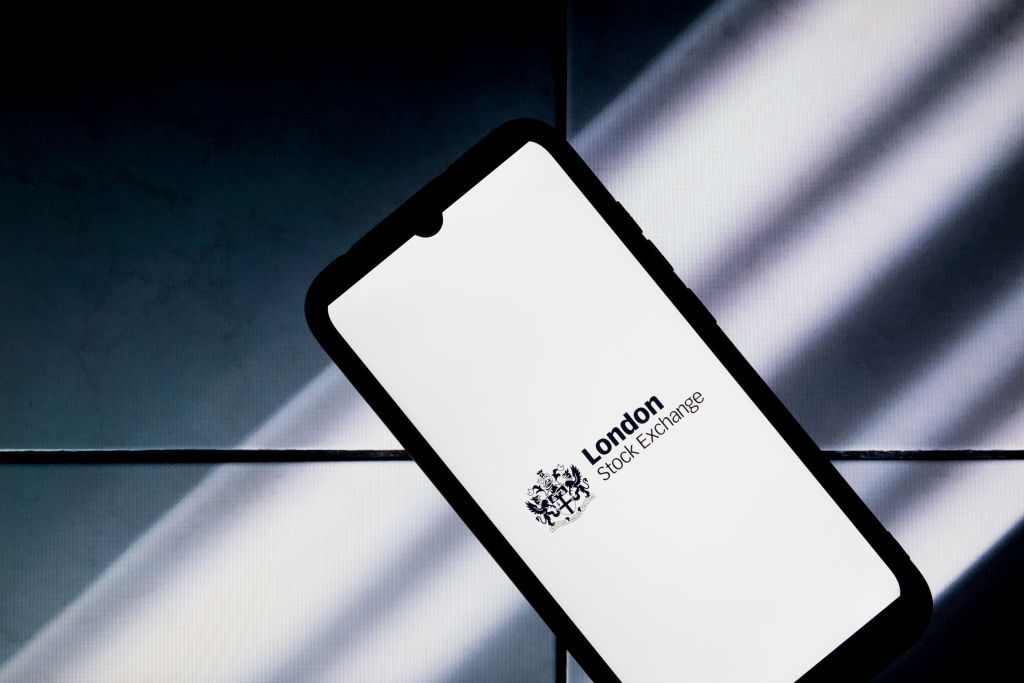Get ready to say “hello” to inflation
With the collapse of both supply and demand, this was no ordinary recession. But as the world returns to normal, supply will remain subdued as demand explodes. That can only mean one thing, says Merryn Somerset Webb: inflation.


The post-Covid-19 world will be much the same as the pre-Covid-19 one in lots of ways. We will drift back to our offices. We will flood back to bars and restaurants. We will cram on to planes and cruise ships to catch up on the sunshine and rosé we have mostly missed out on over the last nine months. But one thing might seem a little different: the recovery. We told you at the very start of the crisis that it was something we hadn’t witnessed before – simultaneous demand and supply shocks. Demand collapsed as we were confined to our homes. Supply collapsed as factories shut and transport routes withered. This was no ordinary recession.
It still isn’t. Unemployment has stayed relatively low in the UK so far and has fallen to 6.7% in the US – which may continue given that many US firms will only be able to turn their state-backed loans into grants by showing they have rehired laid-off workers by the end of the year. Consumer confidence has recovered bizarrely fast (reaching a ten-month high earlier this month). And most unusually of all, bank deposits have soared.
As James Ferguson of MacroStrategy notes, private-sector household deposits in the US are up $2.2trn since the US government started handing out cash directly to the population. Add in business deposits and the number is close to $3trn. In the UK, Bank of England chief economist Andy Haldane reckons we have built up £100bn of “excess savings”. The result? Demand is back big time and once the rest of the Covid-19 restrictions are gone (once you’ve vaccinated the over-80s, 90% of the mortality risk is out of the equation) it should boom some more. That suggests a much faster recovery than those of us who associate recession and recovery with the aftermath of the great financial crisis (when newly printed money got stuck in the banking system) might have expected.
MoneyWeek
Subscribe to MoneyWeek today and get your first six magazine issues absolutely FREE

Sign up to Money Morning
Don't miss the latest investment and personal finances news, market analysis, plus money-saving tips with our free twice-daily newsletter
Don't miss the latest investment and personal finances news, market analysis, plus money-saving tips with our free twice-daily newsletter
But here’s the thing. That sharp rise in demand is not being met by supply, something those of us brought up in an age of get-anything-you-like-anytime-globalisation simply aren’t used to. If you’ve been trying to buy, say, a house, or perhaps a high-performance, remote-control monster truck for your son for Christmas, you’ll know what I mean. One sign of the scramble to refill warehouses? Having collapsed in March and April, large truck sales are booming, says James. Some say that the defining phrase of 2020 will be “you’re on mute”. For me it is “out of stock”. Rising demand meets static supply? We all know what that means. Get ready to say hello to inflation.
The return of inflation – if it happens – will mark a huge turning point. We’ve been used to very low inflation – so much so that even 2%-3% might make a huge difference to how we invest (and feel), particularly if interest rates on savings don’t rise to compensate us (they won’t). You may be worried about actual wealth taxes (with good reason). But if inflation takes off and rates stay low, the dynamics of the next decade, for those who take no action, could be just one long wealth tax. Gold is one place to hide (see page 18). Equities are another – see this week's magazine for our writers’ top tips for 2021. Finally, I’d love it if you would listen to next week’s podcast (moneyweek.com/podcasts) with top strategist Russell Napier (out on 22 December). Do that and you will definitely be better prepared for 2021 than most.
Get the latest financial news, insights and expert analysis from our award-winning MoneyWeek team, to help you understand what really matters when it comes to your finances.
Merryn Somerset Webb started her career in Tokyo at public broadcaster NHK before becoming a Japanese equity broker at what was then Warburgs. She went on to work at SBC and UBS without moving from her desk in Kamiyacho (it was the age of mergers).
After five years in Japan she returned to work in the UK at Paribas. This soon became BNP Paribas. Again, no desk move was required. On leaving the City, Merryn helped The Week magazine with its City pages before becoming the launch editor of MoneyWeek in 2000 and taking on columns first in the Sunday Times and then in 2009 in the Financial Times
Twenty years on, MoneyWeek is the best-selling financial magazine in the UK. Merryn was its Editor in Chief until 2022. She is now a senior columnist at Bloomberg and host of the Merryn Talks Money podcast - but still writes for Moneyweek monthly.
Merryn is also is a non executive director of two investment trusts – BlackRock Throgmorton, and the Murray Income Investment Trust.
-
 Renewable energy funds are stuck between a ROC and a hard place
Renewable energy funds are stuck between a ROC and a hard placeRenewable energy funds were hit hard by the government’s subsidy changes, but they have only themselves to blame for their failure to build trust with investors
-
 The war dividend – how to invest in defence stocks as the world arms up
The war dividend – how to invest in defence stocks as the world arms upWestern governments are back on a war footing. Investors should be prepared, too, says Jamie Ward
-
 Did COP30 achieve anything to tackle climate change?
Did COP30 achieve anything to tackle climate change?The COP30 summit was a failure. But the world is going green regardless, says Simon Wilson
-
 Rachel Reeves's punishing rise in business rates will crush the British economy
Rachel Reeves's punishing rise in business rates will crush the British economyOpinion By piling more and more stealth taxes onto businesses, the government is repeating exactly the same mistake of its first Budget, says Matthew Lynn
-
 Leading European companies offer long-term growth prospects
Leading European companies offer long-term growth prospectsOpinion Alexander Darwall, lead portfolio manager, European Opportunities Trust, picks three European companies where he'd put his money
-
 How to capitalise on the pessimism around Britain's stock market
How to capitalise on the pessimism around Britain's stock marketOpinion There was little in the Budget to prop up Britain's stock market, but opportunities are hiding in plain sight. Investors should take advantage while they can
-
 London claims victory in the Brexit wars
London claims victory in the Brexit warsOpinion JPMorgan Chase's decision to build a new headquarters in London is a huge vote of confidence and a sign that the City will remain Europe's key financial hub
-
 The consequences of the Autumn Budget – and what it means for the UK economy
The consequences of the Autumn Budget – and what it means for the UK economyOpinion A directionless and floundering government has ducked the hard choices at the Autumn Budget, says Simon Wilson


